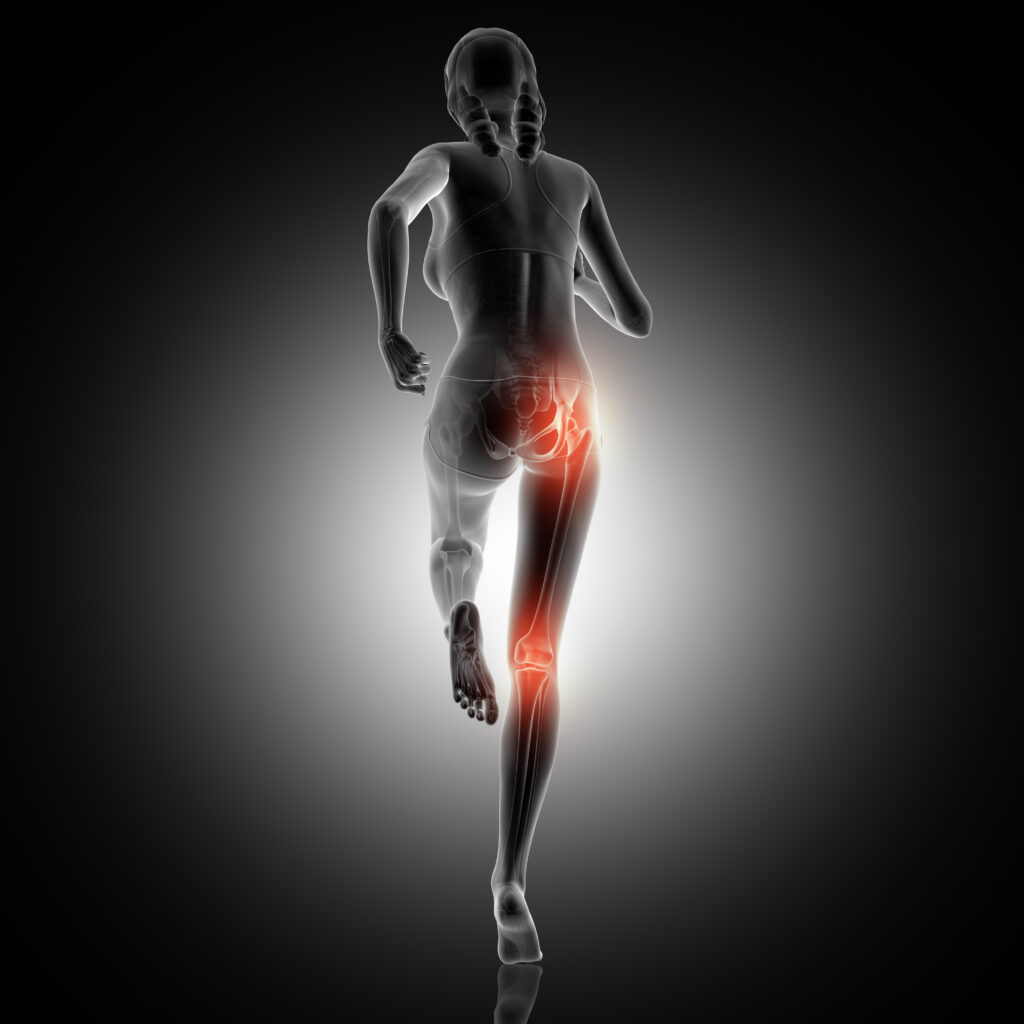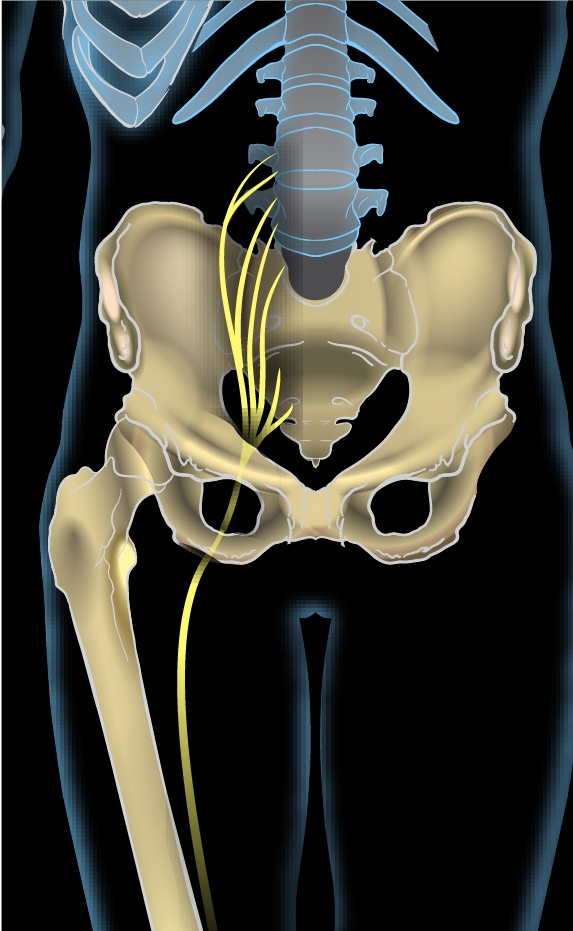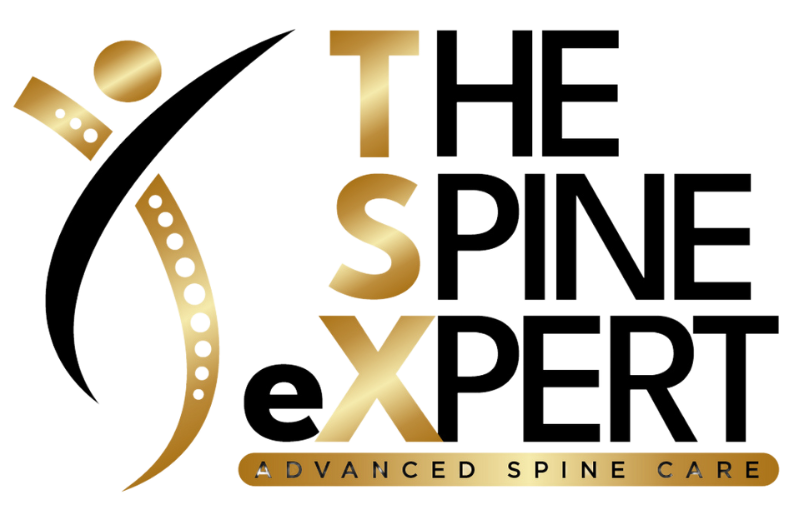Sciatica Treatment

Introduction
The sciatica is the longest and thickest nerve of the human body. The nerve originates from the rear end of the spine and travels through the buttocks into the thighs until the knees. Sciatica is a mixed nerve, meaning it has both sensory and motor functions. It provides sensation to much of the lower leg and skin of the foot. It also controls several lower leg muscles. Any irritation or impingement of this nerve can lead to a sharp shooting pain that is felt throughout the pelvis and the hind legs.
Sciatica pain is very distinctive. It is usually a shooting, burning, tingling, or stabbing pain that is accompanied by momentary numbness. Some people are more at risk of sciatica than others, including those between the ages of 30 and 50. Individuals engaging in strenuous physical work, such as lifting or carrying heavy weights for extended periods, are also more susceptible to sciatica.

Symptoms
Sciatic pain is very distinct and separates it from all other ailments.
- Sharp, radiating pain from the lower back to the back of the leg.
- Numbness, tingling, or burning sensation in the leg or foot.
- Weakness in the affected leg, making it difficult to walk or stand.
- Pain that worsens as long as you sit or stand.
- Relief from pain once you lie down or start walking.
Causes
The causes of sciatica are varied.
- Herniated Disc: The most common cause, is where a disc bulges and presses on the sciatic nerve.
- Spinal Stenosis: Narrowing of the spinal canal compressing the nerve roots.
- Piriformis Syndrome: Spasm or tightness in the piriformis muscle compressing the sciatic nerve.
- Degenerative Disc Disease: Aging-related changes leading to nerve compression.
- Trauma: Injuries like fractures or falls impacting the lumbar spine.
Diagnosis and Treatment
- Diagnosis can be done with the help MRI, CT scan, or electromyography (EMG) to confirm nerve involvement.
- Treatments include medications like pain relievers, anti-inflammatory drugs, and muscle relaxants.
- Physical therapy like stretching and strengthening exercises.
- Steroid injections reducing inflammation around the nerve.
- Surgery in extreme cases like a herniated disc causing a major nerve damage.
Risk Factors
- Sedentary lifestyle or prolonged sitting.
- Obesity increasing pressure on the spine.
- Age-related spinal changes.
- Heavy lifting or twisting motions.
